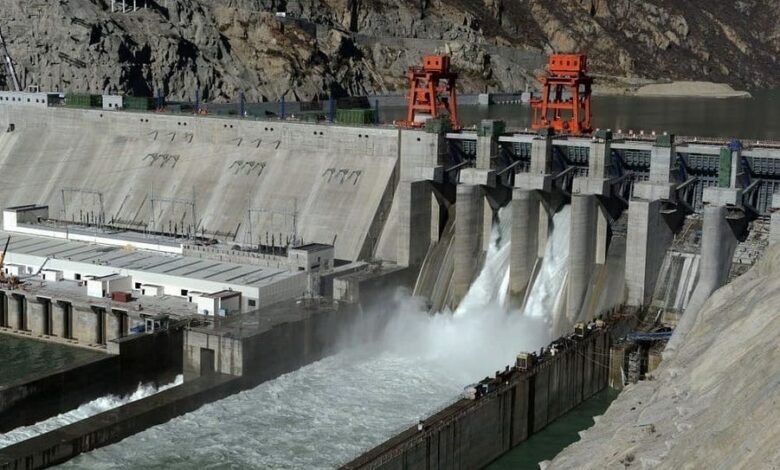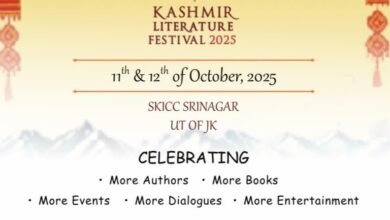The Lifeline Under Threat: A Perspective on the Medog Hydropower Dam
The Medog Dam exemplifies the complex interplay of geopolitics, environmental concerns, and human rights.

By Muskaan Nargis
Imagine standing on the banks of the Brahmaputra River, its currents carrying the hopes and livelihoods of millions across Tibet, India, and Bangladesh. This river, a lifeline for communities, is more than just water—it is a shared heritage, a natural bond that transcends borders. But today, this lifeline faces an unprecedented challenge ‘the Medog Hydropower Dam’.
China’s ambitious project, poised to be the world’s largest hydropower station, raises critical questions that extend beyond engineering marvels. As a student of political science, I find myself contemplating the deeper implications. What does it mean when a single nation gains control over a resource as vital as water? Who decides how a river’s bounty is distributed? And most importantly, where do the rights of the powerless stand in the face of power politics?
Rivers have long been a source of life, but they are also a source of conflict. The Medog Dam exemplifies the complex interplay of geopolitics, environmental concerns, and human rights. While China sees the project as a step towards energy security and economic growth, it creates ripples—both literal and metaphorical—that reach far beyond its borders.
India and Bangladesh, downstream nations heavily dependent on the Brahmaputra, face the looming threat of altered water flow. Reduced water availability could lead to agricultural crises, affecting food security for millions. It could disrupt ecosystems that have existed for centuries. But the issue isn’t just about water—it’s about control.
Is it fair for one country to unilaterally decide the fate of a river that sustains multiple nations? This is not just a question of engineering but one of ethics and diplomacy.
Beyond politics, the environmental cost of the dam demands attention. The Tibetan Plateau, where the dam is located, is ecologically fragile and seismically active. A project of this magnitude risks triggering landslides, earthquakes, and irreversible damage to the region’s biodiversity.
But who speaks for the environment when national interests dominate the narrative? As the world grapples with climate change, can we afford to jeopardize one of the planet’s most vital ecosystems for energy gains?
The Medog Dam highlights a critical gap in global governance: the lack of effective transboundary water-sharing agreements. The Brahmaputra doesn’t belong to one nation—it is a shared resource. Its management requires collective responsibility, not unilateral action.
India, Bangladesh, and China must engage in meaningful dialogue to establish equitable water-sharing mechanisms. This is not merely about preventing conflict; it is about fostering cooperation that respects the rights and needs of all stakeholders.
Could this be an opportunity for these nations to lead by example, showing the world how shared resources can unite rather than divide? Or will this project become another symbol of how power politics trumps humanity?
As I reflect on this issue, I am reminded of the role of ethical diplomacy in addressing global challenges. The Medog Dam is not just a political or environmental issue—it is a test of our collective humanity.
Can we prioritize the voices of those who will lose their homes, their livelihoods, and their connection to the river? Can nations rise above political rivalries to act in the interest of shared survival?
Solutions exist if we choose to see them. China could take the lead in creating an international oversight mechanism, ensuring transparency in the dam’s operations. India and Bangladesh could work with global organizations to advocate for equitable water distribution. Technology could be harnessed to minimize the environmental impact while maximizing benefits.
But ultimately, the success of these solutions depends on the willingness of nations to listen, compromise, and collaborate. The Brahmaputra is not just a river; it is a reminder that what connects us is far greater than what divides us.
As a political science student, I see the Medog Dam as more than an infrastructure project. It is a microcosm of the global challenges we face: balancing development with sustainability, power with equity, and progress with humanity.
The question is not whether the dam should exist but how we ensure that its existence benefits everyone, not just a few. And that, I believe, is a question worth answering—not with words, but with action.



